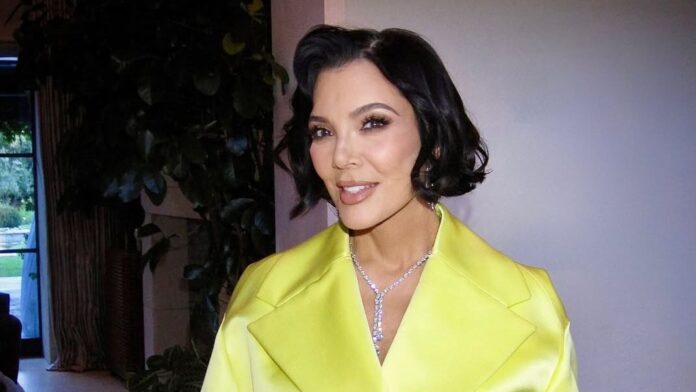Aesthetic medicine has entered the era of non-ageing, becoming more discreet and refined. It balances rather than changes or fills. Age has become increasingly indecipherable and so have the treatments behind it. But is this naturalness or simply pretence disguised as authenticity?
Today, speaking of rejuvenation might sound outdated. Everything seems to be moving toward a less defined and less judgmental era, or so it is believed. The phrase “anti-ageing” has almost disappeared from creams for mature skin, and when we see a friend after some time, we no longer say, “You look so young,” but rather, “You look radiant”—the word of the moment, which hides, of course, a desire to know what she has done to look so fresh and rested. But where does the deception lie in this new beauty narrative?
Aesthetic medicine is changing its face to enter the era of non-ageing. It no longer distorts, but aims to be subtle and discreet. The goal is to convey an idea of authenticity that feels genuine, yet tailor-made. The desired outcome is to transcend time and enter the era of ageless beauty, which was described as the “forever 35 face” at the recent Agora Cosmetic Medicine Congress, also referenced by The Cut in an article published in early September. It has become increasingly difficult to guess people’s ages, as many now seem to exist in a suspended state of time. “Not the artificial freezing of an expressionless face, nor the surrender to deep wrinkles and visible ageing, but an intermediate condition, natural, believable, harmonious,” states the Agora Observatory. This suspended age does not aspire to the twenties but lies somewhere between 35 and 50, considered by many as the best years of life.
According to the International Society of Aesthetic Plastic Surgery (ISAPS), more than 38 million aesthetic procedures were performed worldwide in 2024. For the first time, blepharoplasty surpassed liposuction as the most performed procedure, with 2,108,846 cases. Regenerative aesthetic medicine is also on the rise, while Botox remains the most popular non-surgical treatment, with about 7.8 million injections, followed by hyaluronic acid fillers. The 35–50 age group remains the most frequent demographic.
In Italy, experts from the Agora Observatory say that taste is more refined than in the United States. Reflecting the neoclassical tradition of Canova, people tend to prefer softer enhancements, where true beauty lies in the balance between features. It is harmony that the brain recognises as beautiful and pleasing. Full lips or an upturned nose are not enough; visual consistency is essential to create beauty. “Invisible results are precisely those that work best because they respect our brain’s innate perceptual criteria: proportion, consistency and continuity of forms,” explains Maurizio Cavallini, plastic surgeon and president of Agora. Beauty, then, is not only a matter of personal taste but also a balance between shared ideals, individual identity, and the doctor’s aesthetic sensibility, an aspect as important as safety.
Disclaimer : This story is auto aggregated by a computer programme and has not been created or edited by DOWNTHENEWS. Publisher: vogue.in






